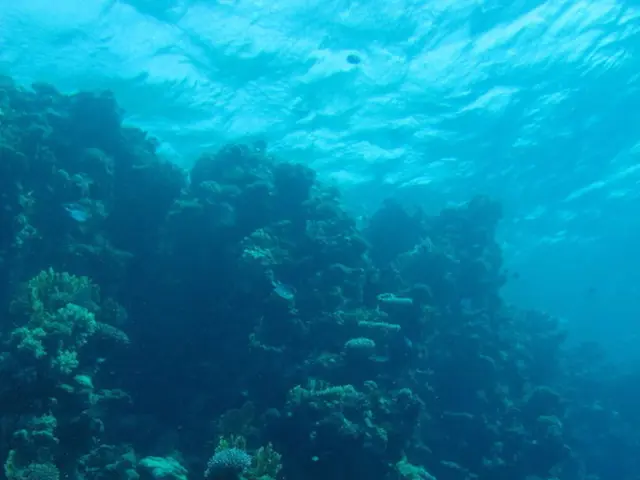Questioning Canvas Durability: Does It Really Repel Water?
Is canvas actually waterproof? This question often comes up, especially for outdoor enthusiasts and artists seeking durable materials. However, the answer isn't always straightforward – some types of canvas can repel water, while others may absorb it. Here's a breakdown of what you need to know about canvas and its water resistance.
What is Canvas?
Canvas is a popular fabric that finds its way into various applications, from tents and backpacks to paintings and upholstery. Understanding the composition and properties of canvas can help answer questions about its waterproof qualities.
Canvas can be made from cotton, linen, or synthetic fibers, each with its unique characteristics. Cotton canvas is soft, breathable, and suitable for tents and bags, while linen canvas is stronger but more expensive. Synthetic canvas, made from materials like polyester or nylon, is highly durable and offers good water resistance.
Waterproofing Canvas
The question of "Is canvas really waterproof?" becomes more complex when considering the waterproofing properties of canvas. Two primary factors influence how waterproof canvas can be: its natural properties and chemical treatments.
Natural Properties
Canvas, by its nature, isn't completely waterproof. Natural fibers like cotton or linen can soak up water to some extent, making them less effective in heavy rain. However, their breathability helps prevent moisture buildup inside.
Chemical Treatments
Chemical treatments can enhance canvas's water resistance. These treatments can be applied during or after the manufacturing process, creating a barrier against water. Some common treatments include wax coatings, silicone treatments, and polyurethane coatings.
Types of Waterproof Canvas
Two popular types of waterproof canvas are coated canvas and waxed canvas. Each has unique properties and uses.
Coated Canvas
Coated canvas is a popular choice for waterproof applications. It has a protective layer applied to its surface, often made from materials like polyurethane or PVC. This coating creates a barrier against water, making the fabric durable, resistant to mold and mildew, and easy to clean.
Waxed Canvas
Waxed canvas is another waterproof option. It's treated with a wax coating, which makes the fabric water-resistant without sacrificing breathability. Waxed canvas has a unique look and feel, developing a beautiful patina over time. It is resistant to tearing and abrasion and can be re-waxed to maintain its water resistance.
Conclusion
While canvas isn't genuinely waterproof, there are methods to make it more resistant to water. Understanding the types of waterproof canvas, such as coated and waxed canvas, and their properties can help you make informed decisions for your applications. With proper care and maintenance, you can ensure your canvas items last and perform well in various conditions.
In this modern lifestyle,canvas, a versatile fabric,playing a significant role in fashion-and-beauty, home-and-garden, and technology applications, is often found in clothing, home decors, and even technology accessories. Its water resistance, however, can vary greatly depending on its natural properties and chemical treatments such as wax coatings or silicone treatments. In the realm of food-and-drink, waterproof canvas can be beneficial in protecting articles from accidental spillage or moisture damage. On the other hand, its natural properties, like breathability, can be valued in the storage of perishable items due to this trait's ability to prevent moisture buildup.








